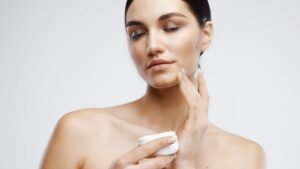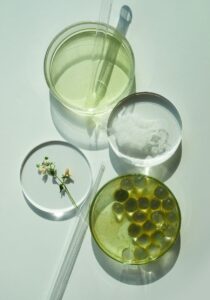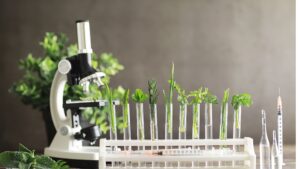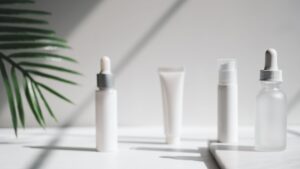Skin Creams: How Much Does It Cost To Make Them?
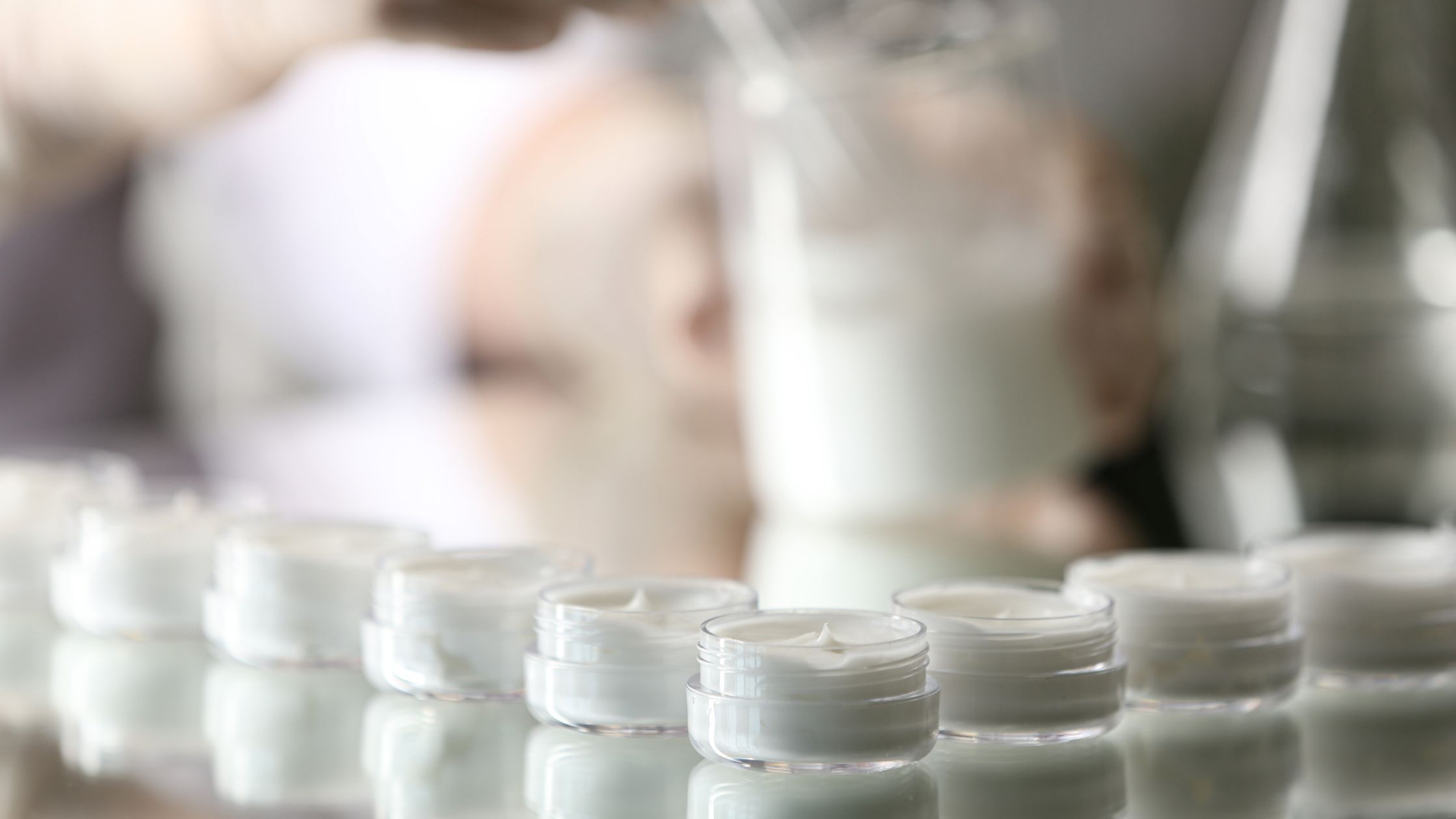
Skin creams are available in every price range – from cheap in the drugstore to sinfully expensive in the perfumery. You have probably already asked yourself what the difference is in production and whether the expensive product can really do so much more that it justifies the high price.
Manufacturers of skin creams usually keep the production of their products a big secret. In particular, when it comes to the true cost of a skincare product, they are reluctant to show their cards. How much do the ingredients actually cost and is it really worth spending a lot of money on them?
Let’s just take a moisturizer as an example. In short, it consists of water, fat, emulsifiers, preservatives and thickeners as well as fragrances and colorants. When it comes to texture, it is of course important to ensure that it feels good on the skin. The color should be cosmetically appealing. It is not for nothing that most skin creams have baby colors such as pink, soft blue or even white.
In general, we speak of either a water-in-oil (W/O) or oil-in-water (O/W) emulsion. The difference is that in an oil-in-water emulsion, the outer phase consists of water and the oil droplets are finely dispersed. As a good moisturizer, this type of cream is suitable for normal to slightly oily skin. Conversely, the water-in-oil emulsion works as a rather rich cream. In such skin creams, the outer phase consists of oil, which provides the skin with plenty of lipids and reduces the skin’s own water loss.
Large purchase quantity, lower basic price
But what is the “true” price of such skin creams? It is said behind closed doors that manufacturers can trim the base price for 50 ml below two euros. Of course, this only refers to the ingredients. Then there are additional costs such as research, product development, patenting, safety tests, packaging and finally transportation and marketing expenses. Studies and research into a new product or the ingredients also add to the costs.gen. Studien und Recherchen zu einem neuen Produkt oder den Inhaltsstoffen verteuern zusätzlich.
Larger companies can of course operate much more cost-effectively because they can purchase larger quantities of raw materials and packaging and transfer research costs to other care lines in their portfolio. They are then also able to keep the additional costs described above at a level of plus/minus six euros. What adds to the cost of a cream formulation are the expensive ingredients that are added. These include, for example, argan oil, hyaluronic acid or exotic ingredients such as silk proteins, platinum, black caviar, gold and truffles. Vitamin C is also particularly tricky and cost-intensive. If only because it is difficult to keep pure vitamin C stable in a product.
And then the additional costs…
The packaging of skin creams also ranges from inexpensive to expensive. Tubes are the cheapest, followed by jars. Airless pump dispensers are the most complex to produce and therefore the most expensive option. When it comes to labels, simple stickers are considerably cheaper than real printing. These costs also depend on the quantity that a manufacturer produces. Small cosmetics companies with small print runs have to dig deeper into their pockets than a large company that produces enormous quantities.
Another cost factor is whether the goods need to be refrigerated or can be stored without refrigeration. If a middleman is involved, this must also be taken into account, as around half of the profit margin goes into his pocket. This is why it is often cheaper to buy online from the manufacturer.
If you add up all these items, it quickly becomes clear why high-quality skin creams that consist of more than just water, oil and a few active ingredients must have their price. This is not to say that an expensive product is also better. The high price says nothing about the effectiveness. That’s why it makes little sense to pay several hundred euros for a moisturizer. Because no ingredient, no matter how exclusive, justifies the price.
Angel Dusting
The supposedly expensive active ingredients in skin creams are often so low-dose that they have no effect anyway. Or misleading names are used. It then talks about “long and short-chain hyaluronic acid molecules”. The INKI list then includes sodium hyaluronate (SH), i.e. the salt form of hyaluronic acid.
Angel dusting is a common practice in the cosmetics industry. Wikipedia explains it as follows: “Angel dusting is the misleading marketing practice of including a tiny amount of an active ingredient in a cosmetic, cosmetic product, dietary supplement, food or nutraceutical that is insufficient to produce a measurable benefit.
In the promotional materials, it may be claimed that the ingredient is helpful and that the ingredient is present in the product, both of which are true. However, it is not claimed that the product contains enough of the active ingredient to have an effect – this is merely assumed by the purchaser.”
The power of marketing
Which brings us to the power of good marketing. Brands from the luxury segment in particular position themselves in such a way that they only appeal to a certain group of buyers and are also purchased by them. The marketing perception is aimed at suggesting to the consumer that they are doing something particularly good for themselves by buying this product.
This all takes place exclusively in the mind of the user, because in reality there is no miracle cream, no matter how cleverly the formulation is advertised and how much you have paid for it. Under no circumstances should you expect miracles, and moisturizers are just as good at moisturizing as inexpensive ones. If you have sensitive skin, you should always look for mild, non-irritating formulations.

CultureAndCream Author from Munich
To travel during my profession as a beauty journalist was never enough for my. Also my six month on a world trip didn’t do it. It always attracts me to other cities, foreign countries, on roadtrips and places I don’t know yet. But I am not only interested in “culture” and “cream”, I am also fascinated by people who have stories to tell . Such unique experiences I want to share with you.
